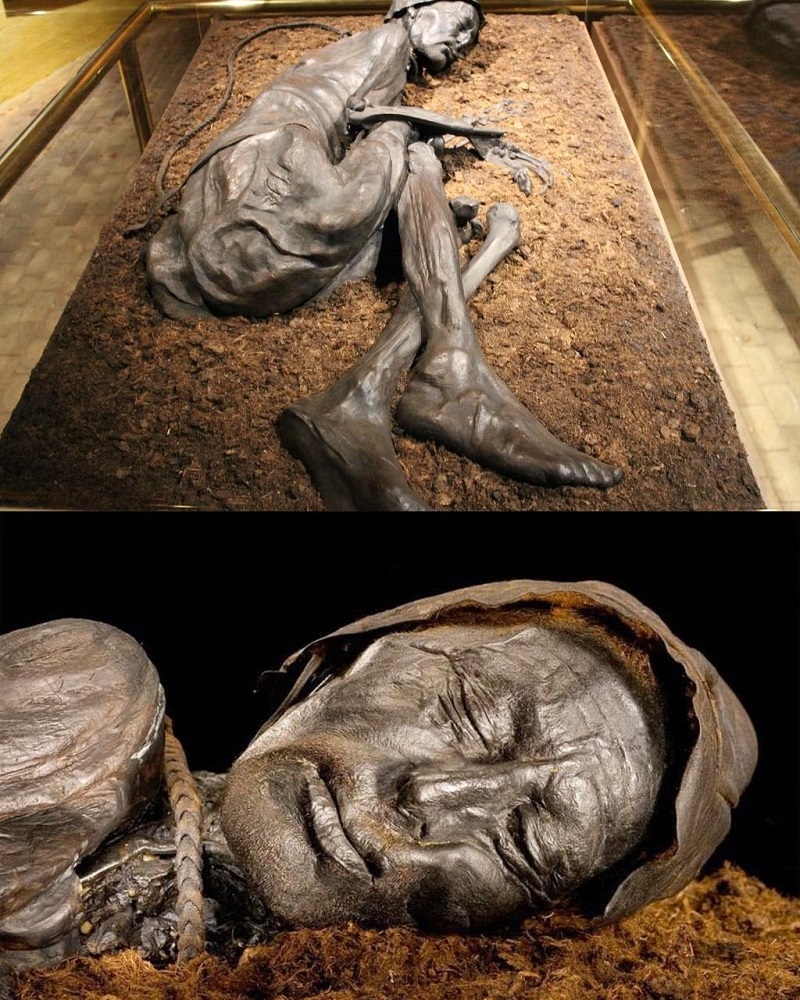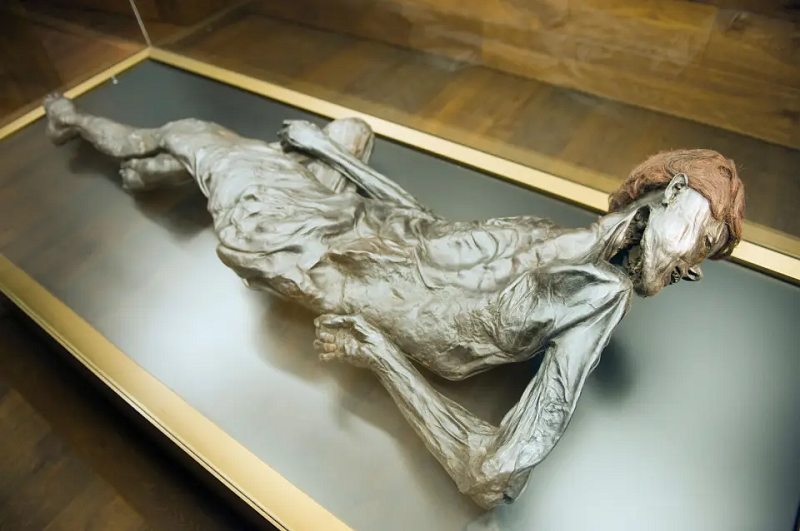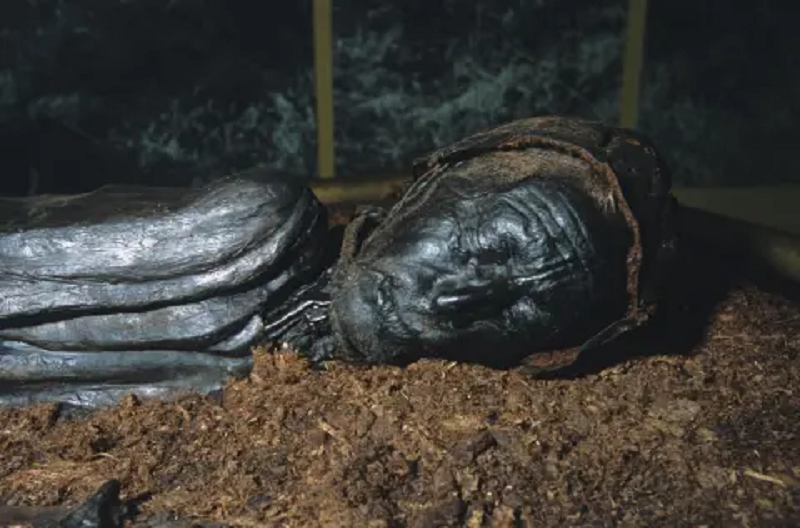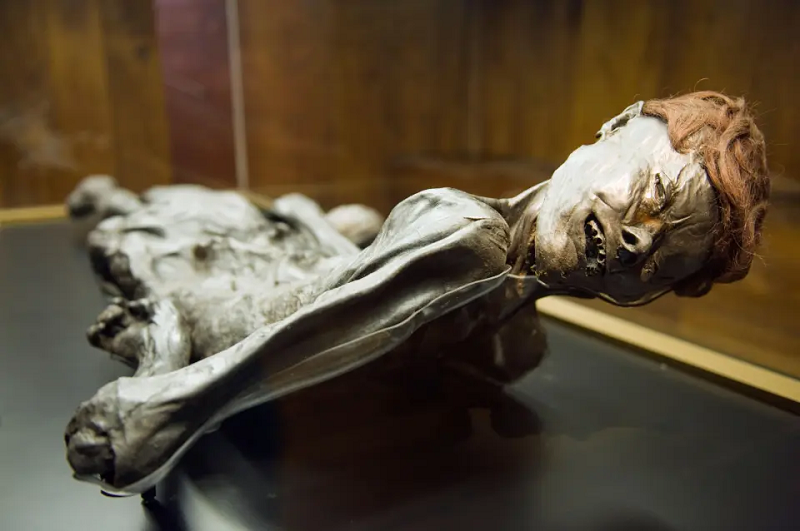Nestled within the peat bogs of Denmark lies a remarkable relic of the past—the Tollund Man, a 2400-year-old bog body from the Iron Age. Discovered in Bjældskovdal, Denmark, this ancient individual has captured the imagination of historians and scientists alike with his remarkably preserved remains. Despite the passage of millennia, the Tollund Man’s body provides a tantalizing glimpse into the rituals and customs of the distant past. Join us as we delve into the story of the Tollund Man, exploring his life, death, and the secrets he holds.

The Discovery of the Tollund Man
The Tollund Man was unearthed in 1950 by peat cutters in the Bjældskovdal bog, near the village of Tollund in Denmark. What they discovered was nothing short of extraordinary—a perfectly preserved human body, its features frozen in time by the acidic and anaerobic conditions of the bog. As archaeologists excavated the site, they uncovered additional artifacts, including a noose around the Tollund Man’s neck, indicating that he had met a violent end.

Insights into Ancient Rituals
The Tollund Man’s well-preserved body has provided invaluable insights into the religious beliefs and rituals of the Iron Age peoples of Denmark. Analysis of his remains suggests that he was a victim of human sacrifice, a practice not uncommon in prehistoric societies. The placement of his body in the bog, carefully arranged and ritually sacrificed, speaks to the significance of bogs as liminal spaces, believed to bridge the gap between the earthly realm and the spiritual world.

Scientific Discoveries and Analysis
Despite the Tollund Man’s age, scientists have been able to glean a wealth of information from his remarkably preserved remains. His fingerprints, still intact after 2400 years, offer clues about his identity and occupation, while analysis of his stomach contents has revealed details about his last meal. Through advanced imaging techniques and DNA analysis, researchers continue to unravel the mysteries of the Tollund Man’s life and death, shedding light on the daily lives and customs of Iron Age peoples.

Preservation and Conservation
The Tollund Man’s remarkable preservation serves as a testament to the unique conditions of the bog environment. Peat bogs, with their cold, acidic waters and oxygen-deprived depths, provide an ideal environment for the preservation of organic materials, including human remains. As such, bogs have become invaluable repositories of archaeological treasures, offering a window into the past that would otherwise be lost to the ravages of time.

In conclusion, the Tollund Man stands as a poignant reminder of our shared human heritage and the enduring mysteries of the past. Through his remarkably preserved remains, we gain insights into the beliefs, rituals, and daily lives of Iron Age peoples. Moreover, the Tollund Man’s discovery underscores the importance of archaeology in uncovering the secrets of our collective history and preserving the legacy of ancient civilizations. As we continue to explore the depths of bogs and other archaeological sites, let us honor the Tollund Man and others like him by seeking to understand the past and its significance for our present and future.
Read more : https://model.icusocial.com/author/bspvt01/?utm_source=KC&utm_medium=H&utm_id=3


